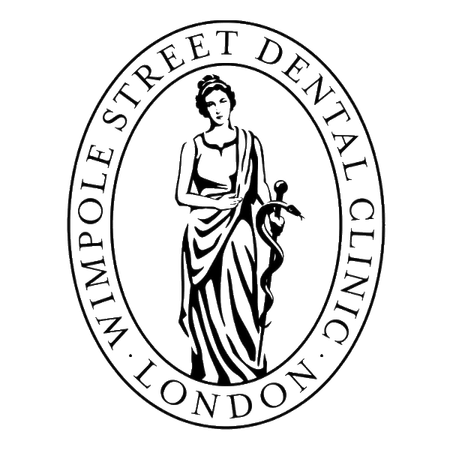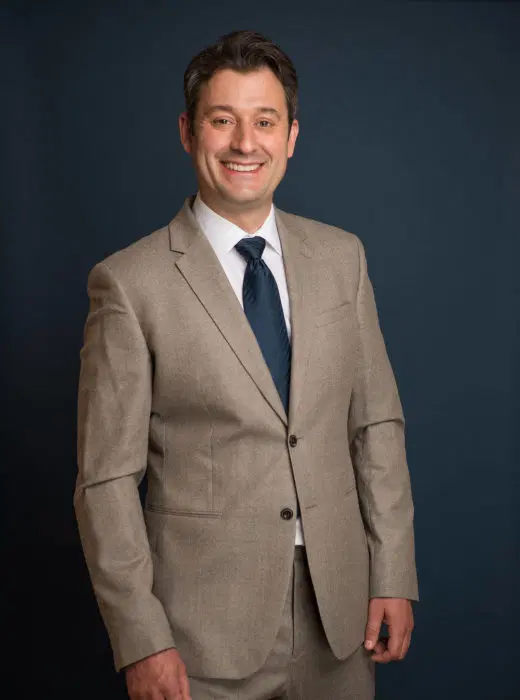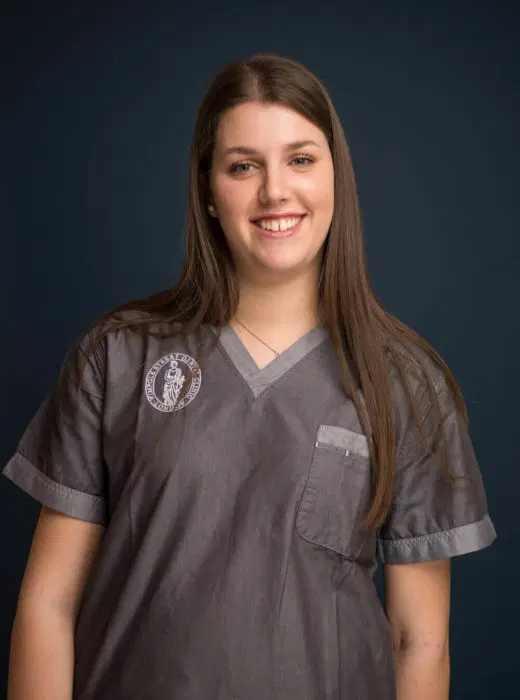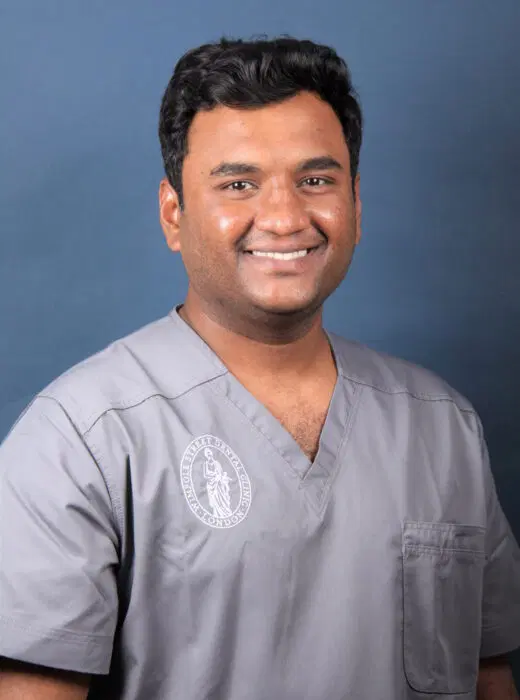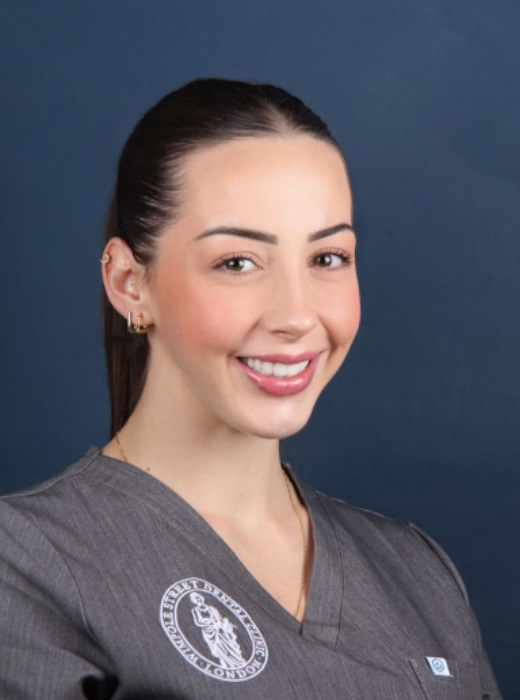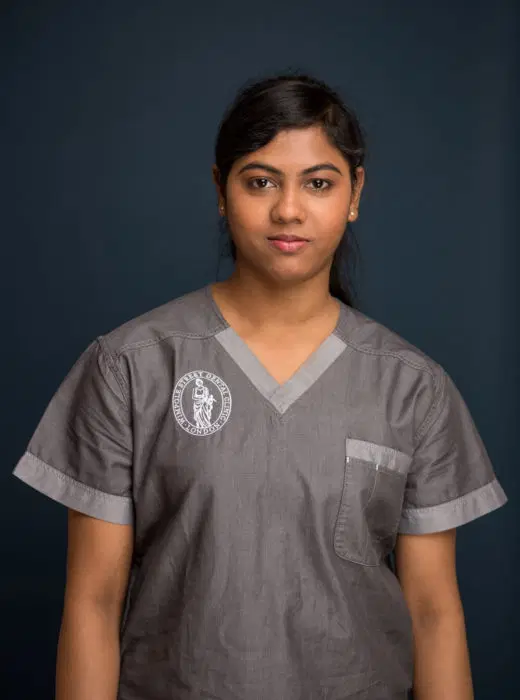Our Dental Laboratory
Our dental laboratory in Munich is led by master dental technicians and produces only the highest quality dental restorations. They use the latest technology in co-operation with our specialist dentists in London to deliver perfect function and aesthetics. Our world-class dental technicians are specialists in their field and regularly attend courses to keep their knowledge up to date to maintain the highest standards in our dental laboratory.
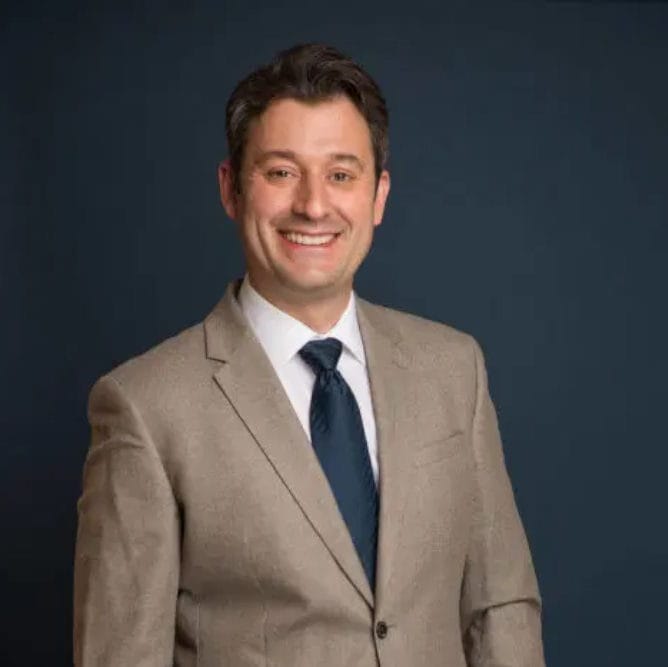
Another reason so many dental patients choose Wimpole Street for their general and cosmetic dentistry is the strong partnership and relationship between our dental technicians at the dental lab in Munich, Germany and our dental professionals in London, UK. Modern digital dentistry technology allows our two teams to share patient notes, pictures, scans, and impressions digitally and seamlessly. These two teams work closely together to craft the perfect dental solution bespoke to the patient. As such, our dental laboratory is able to manufacture restorations highly customised for comfort and appearance.
Dental restorations created by a master’s hand
A glimpse into the creation of dental masterpieces
Just like regular medicine, dentistry is a broad field. To show you what we create in our laboratory and what processes we follow, here is a small summary of what offer:
- We are firm believers in modern and digital dentistry combining the finest handcraft, digital computer aided design (CAD) and computer aided manufacturing (CAM) technology in our laboratory. We have uncompromising standards and work to the same quality control as in our dental procedures. Producing the perfect restoration for your mouth is as important to us as the preparation and fitting procedure.
- The foundation of all dental treatments are ‘models’ (copies of a set of teeth). Before we can create a model, we need to take an impression of the patient’s teeth and gums that is then put into cast. In the gallery below you can see models prior to any procedures but after the grinding, which is done as preparation for dental crowns and bridges.
- A ‘wax up’ is the diagnostic visualisation of the planned treatment and is undertaken before starting the procedure. The ‘wax up’ allows the dentist and the patient to visualise, and decide, on the appearance and composition of the dentures.
- Partial crowns are an option if the destroyed area of the tooth is too large for a filling or an onlay, but too small for a dental crown. This way we can save tooth material when grinding the tooth, as we have to replace only the defective parts of the tooth. Modern partial crowns are made of milled or pressed ceramic.
- Fixed implant supported single tooth crowns are usually full ceramic crowns. The soft tissue has contact only with biologically compatible materials such as lithium disilicate or zirconium oxide ceramics. The secure connection between the tooth and the implant is achieved using a dental titanium base. Single tooth crowns can be screwed into the implant or cemented onto an intermediate structure (abutment). If you are interested in seeing some of our dental implants, please go to our video library to take a look at past patient case studies.
What materials do we use?
Fixed restorations
Partial crowns, full crowns, implant supported restorations and dental bridges are made in our dental laboratory from “full ceramic” materials, which means the restorations are completely metal free. We choose the type of ceramic material used based on the requirements and suitability of each individual patient. Your dentist will discuss with you what ceramic material will be used and explain why at your initial consultation.
Removable restorations
Dentures that have both fixed (crowns, bridges, implants) and removable parts are called combined dentures. Connecting elements between the parts may, for example, be called ‘telescopes’ (also called “telescopic crowns”, “double crowns” or “conical crowns”). Combined dentures tend to be popular due to their high comfort levels as the denture sits securely and firmly, whilst their appearance is very natural looking.
With the help of ‘telescopes’, removable bridges and partial dentures can be safely fixed in the mouth. The prepared tooth stumps next to the tooth gap are given a full ceramic crown, which consists of two parts.
- The primary crown (inner, primary telescope) is cemented to the prepared tooth stump and sits tight and fixed.
- Then the natural-looking, removable secondary crown (external, secondary telescope) is set, onto which the additional dentures (bridges or partial dentures) are attached. The secondary crown holding the removable denture slides over the primary crown and sits securely and firmly in place after insertion. It keeps the removable dentures reliably safe. This connection between fixed and removable dentures is easy to handle, very durable and highly expandable.
Telescoping bridges are absolutely indistinguishable from your other natural teeth so you don’t have to worry about everyday activities like laughing, talking or eating, making it obvious that you’re wearing dentures.
Meet your award-winning Dental Laboratory dentist and team…
Patients with allergies
We encounter many patients who are allergic to metal prosthetic materials, so one of our services in our dental laboratory is the production of biocompatible fixed and removable restorations. Biocompatibility in dental work depends on several factors:
The composition of the material
The manufacturing process
The correct processing by dental technician and dentist in our London clinic
the salivary composition.
Very good biocompatible, or allergy-free, dentures made of all-ceramic are an aesthetically pleasing and effective solution. If you are susceptible to allergies, please discuss this with your dentist at our leading Marylebone dental clinic in Wimpole Street, London. They will be able to talk you through your options and work with our dental laboratory to manufacture an allergy-free biocompatible restoration
Take your first step with Wimpole Street Dental Clinic
Discover the path to a brighter smile with Wimpole Street Dental Clinic! Our team of skilled professionals utilizes advanced technology to provide personalised dental care in a comfortable setting.
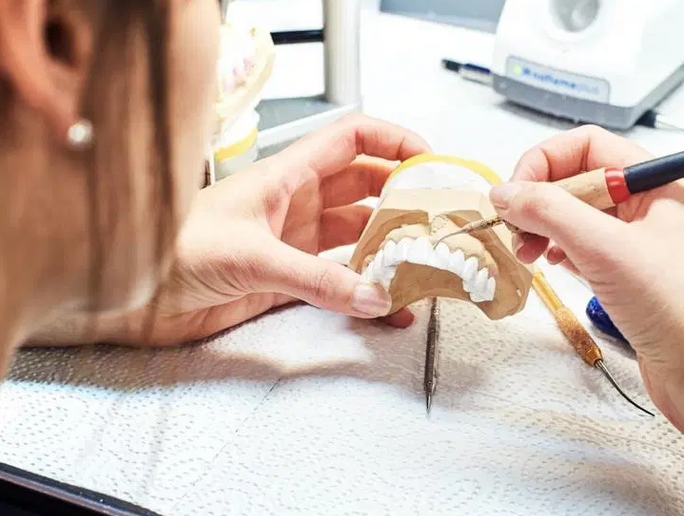
New page design
Written by: Prof Dr Christian Mehl
Medically reviewed by: Dr Raul Costa
Author biography added
Written by: Prof Dr Christian Mehl
Medically reviewed by: Dr Raul Costa
Original content created
Written by: Prof Dr Christian Mehl
Medically reviewed by: Dr Raul Costa
Wimpole St Dental Clinic has strict sourcing guidelines and relies on peer-reviewed studies, academic research institutions, and medical associations. We avoid using tertiary references. You can learn more about how we ensure our content is accurate and current by reading our editorial policy.
- Mehl C, Kern M, Zimmermann A, Harder S, Huth S, Selhuber-Unkel C. Impact of Cleaning Procedures on Adhesion of Living Cells to Three Abutment Materials. Int J Oral Maxillofac Implants. 2017 Sep/Oct;32(5):976-984. doi: 10.11607/jomi.5630. PMID: 28906501.
